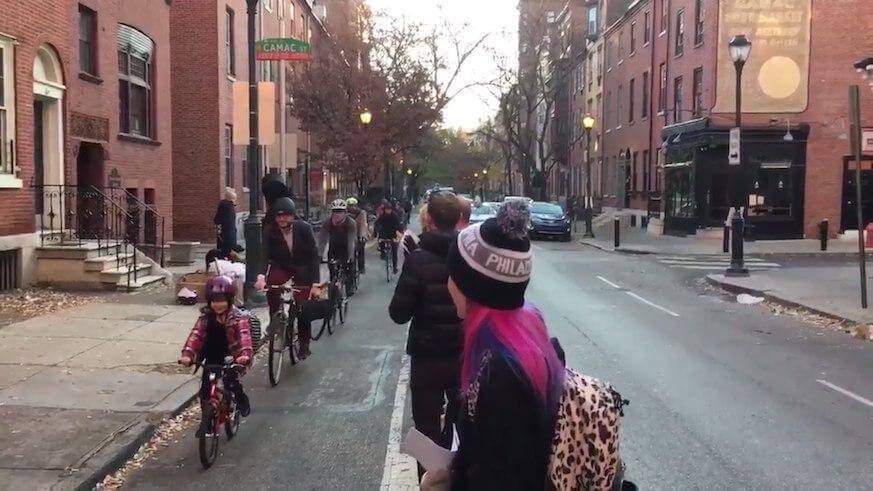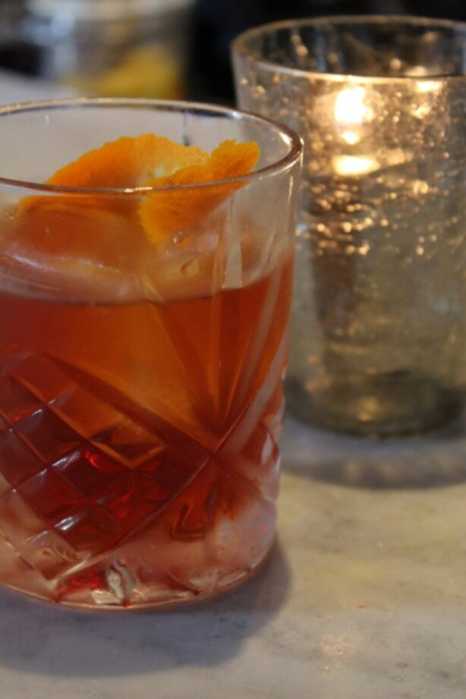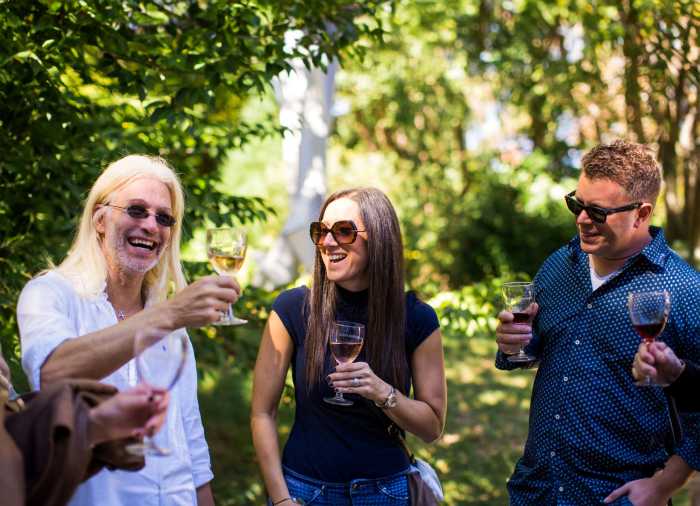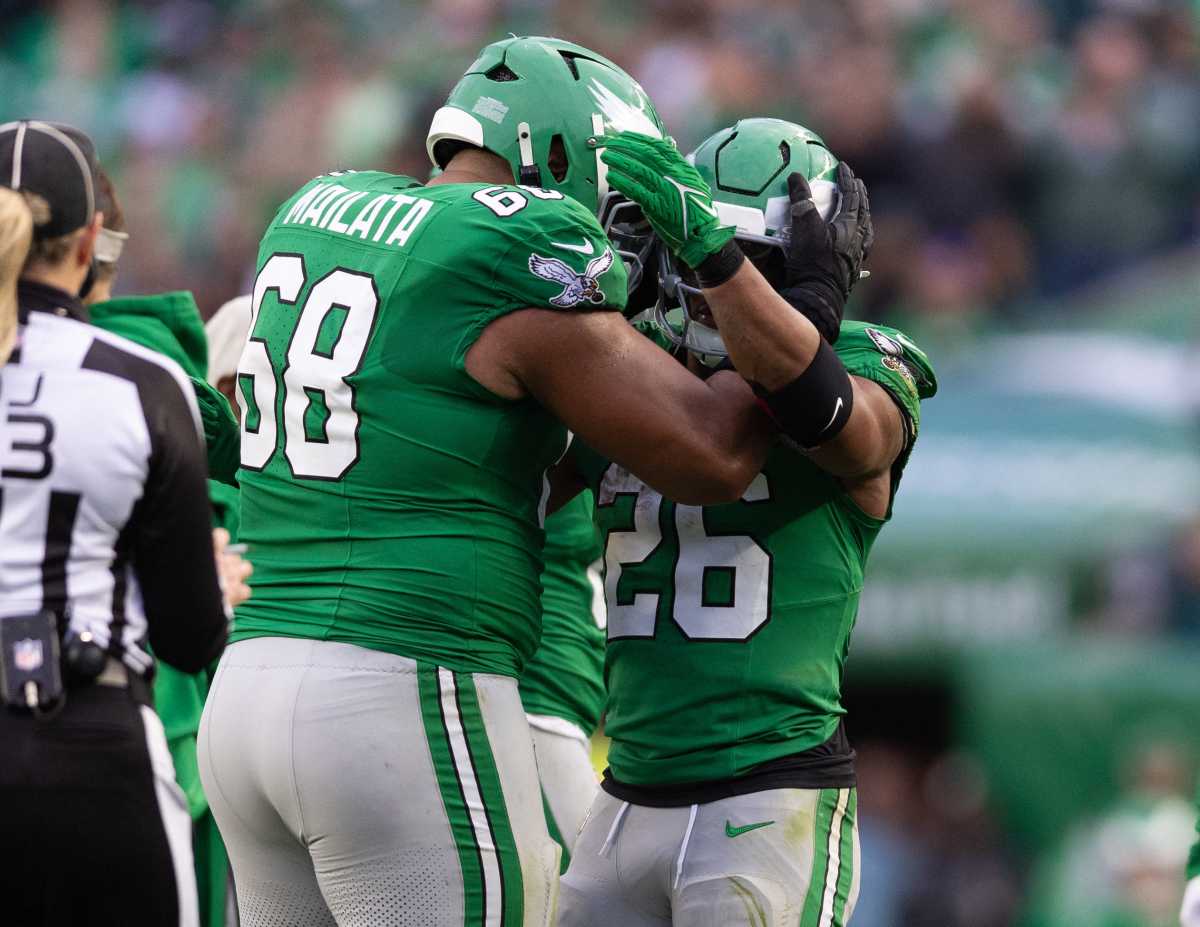Nearly 100 people gathered last Wednesday morning to create a human-protected bike lane on Spruce Street in Center City, where 24-year-old Emily Fredricks was tragically killed by the driver of a private sanitation truck while riding her bicycle a day earlier.
Standing in the street, between the protected bike lane and the motor vehicle travel lane, people created a physical barrier between motor vehicles and bicycles during rush hour. That night, a vigil would be held at the corner of 11th and Spruce for Emily.
All traffic deaths are tragic and unnecessary. But what made Emily’s death so shocking was where it happened: Spruce Street, one of the most-biked streets in the entire city, and commonly known as the safest.
Common knowledge can be deceiving. The buffered bike lane on Spruce had deteriorated since its 2009 installation, faded down in some spots to mere scratches and smudges. Cyclists have waited…and waited…for the lanes to be restriped and the road repaved. Striping finally happened this past weekend. But it was too little, too late.
The deterioration of the lanes has brought in clots of scofflaw motorists, believing it their privilege to pull over and park in the bike lane. On any given day, cyclists have to dart in and out of the lane to avoid UPS and FedEx delivery trucks, contractors’ pickup trucks, moving vans, and residents who feel like unloading their cars in front of their houses.
More parking tickets have been handed out on Spruce and Pine Streets for bike lane infractions over the last two years than anywhere else in the entire city. But these tickets have not deterred the scofflaws.
This could all be avoided if City Councilpeople and the leaders of neighborhood civic associations allowed the city to install protected bike lanes and intersections on Spruce and Pine Streets.
But both groups assert the privilege to park in front of one’s house is important in Center City. When asked, electeds and civic board members always insist they care about safety, too, perhaps just not as much as parking.
While our government and civic organizations remained mostly mum about last week’s tragedy, it was Philadelphia’s people who sprang into action, calling for and creating a safer environment for cyclists and pedestrians.
The 100 people forming a human bike lane were the most visual representation of organizing on to create change on traffic safety issues. But they were not the first, nor the last, in Philadelphia. Over the summer, someone glued plungers to the faded 22nd Street bike lane, to help separate bicyclists from motorists; plungers again appeared on the South Street Bridge later in the summer. Before the city restriped the lanes over the weekend, someone took spray paint to Spruce Street and began doing the job the city wouldn’t.
The message is clear: If the city won’t act, people will.
Cyclists want to be able to ride safely – whether they’re headed to the grocery store, to school, or to work, which is where Emily Fredricks was headed when she was tragically killed last week.
But too often, the people find themselves at the mercy of small, elite groups of people in government and neighborhood organizations, all of whom are able to dictate street engineering decisions over the city’s engineers.
The fate of thousands of Philadelphians should not be decided by the emotions of a few.
If progress continues to be impeded, you’re going to see a lot more direct actions and guerilla tactics by the people of Philadelphia. And they will continue until we all have safe routes on which to travel.




























